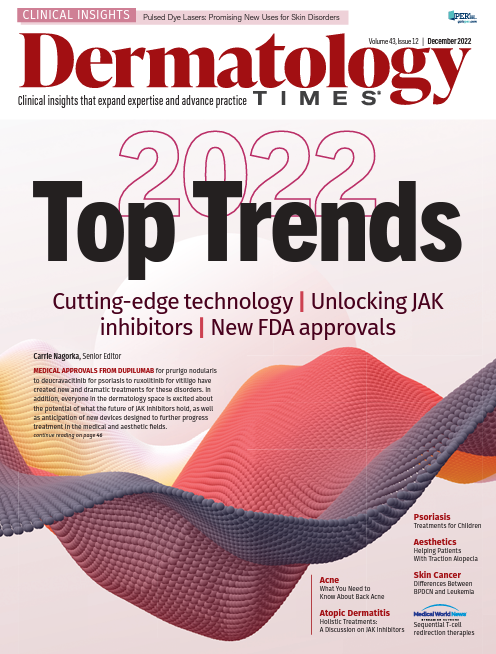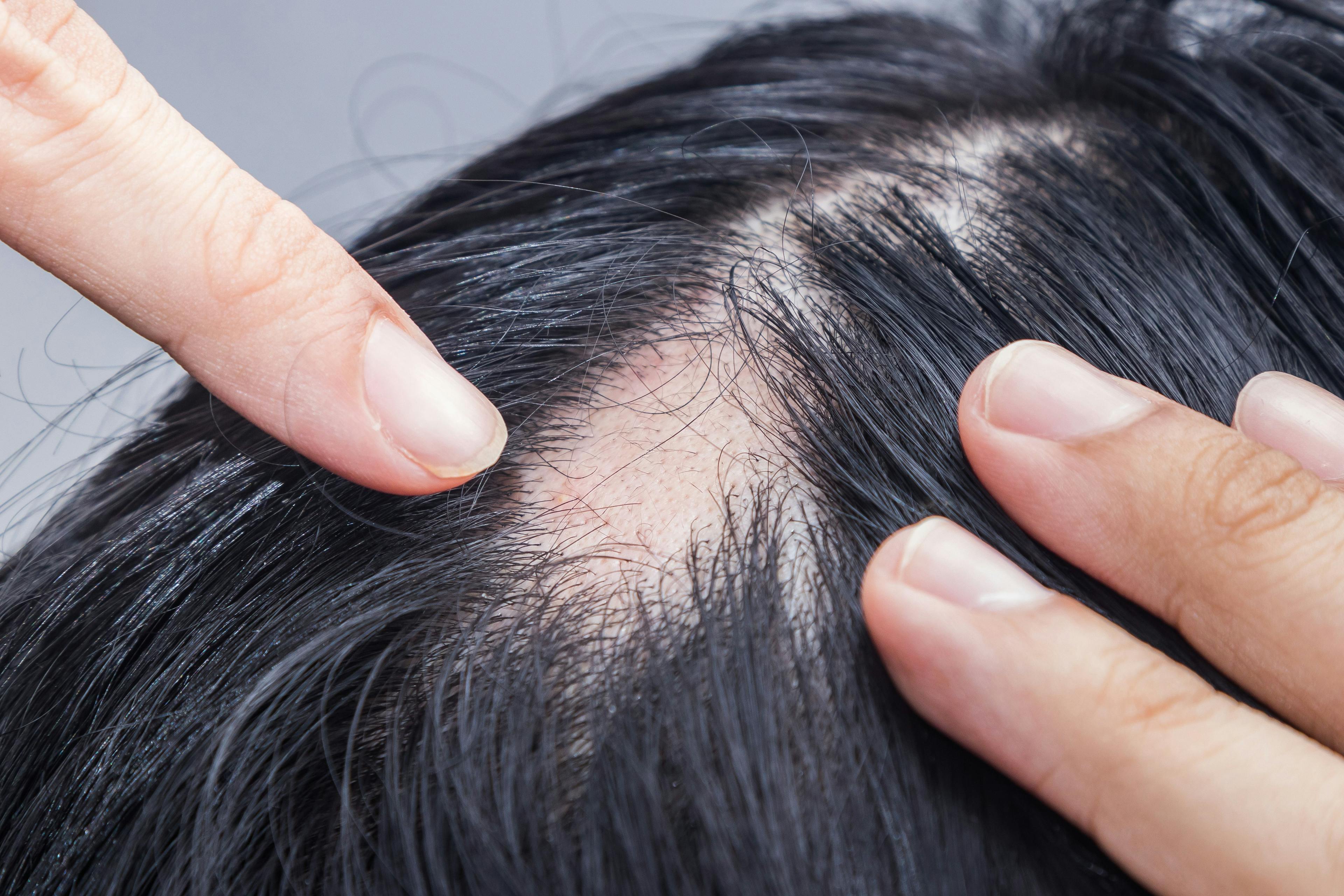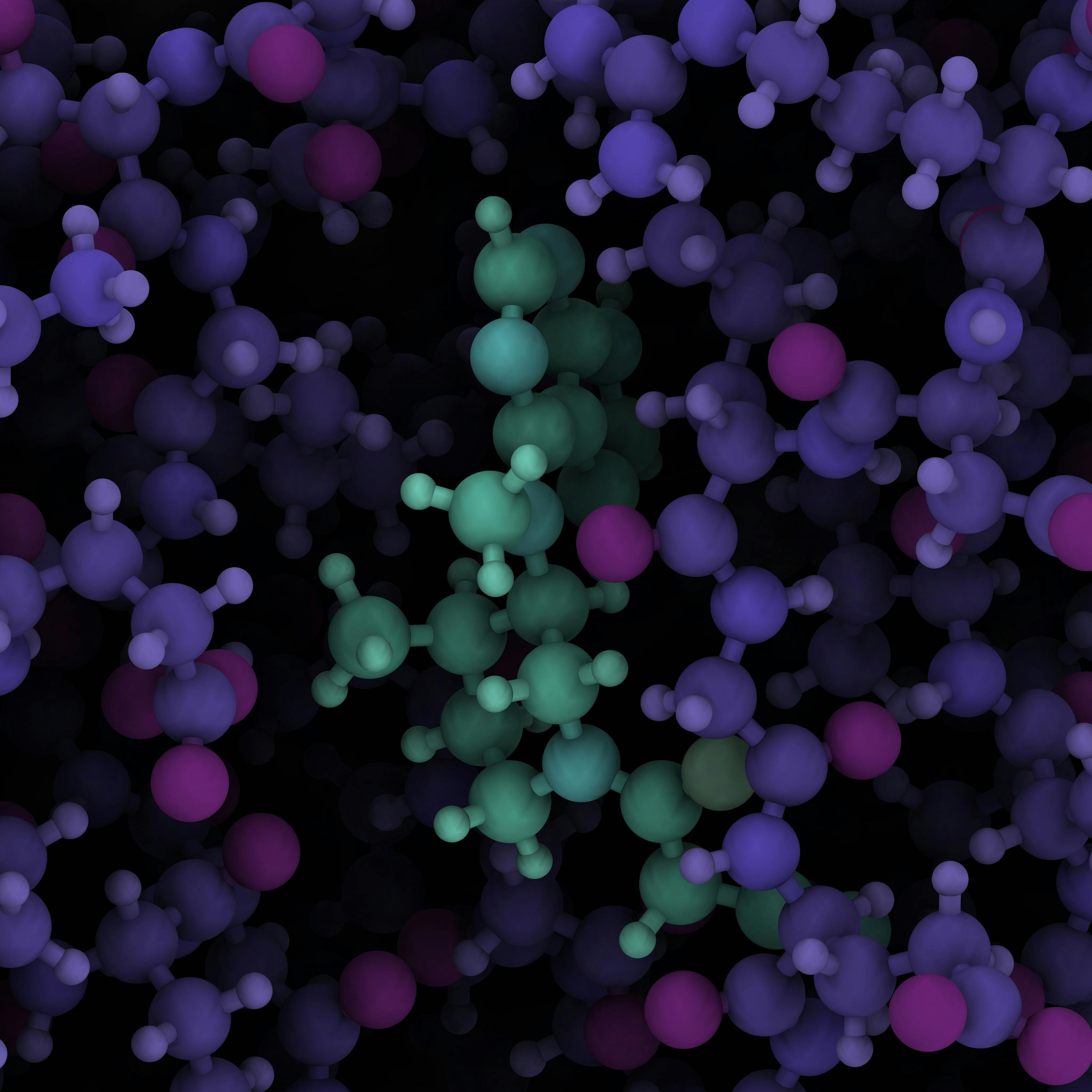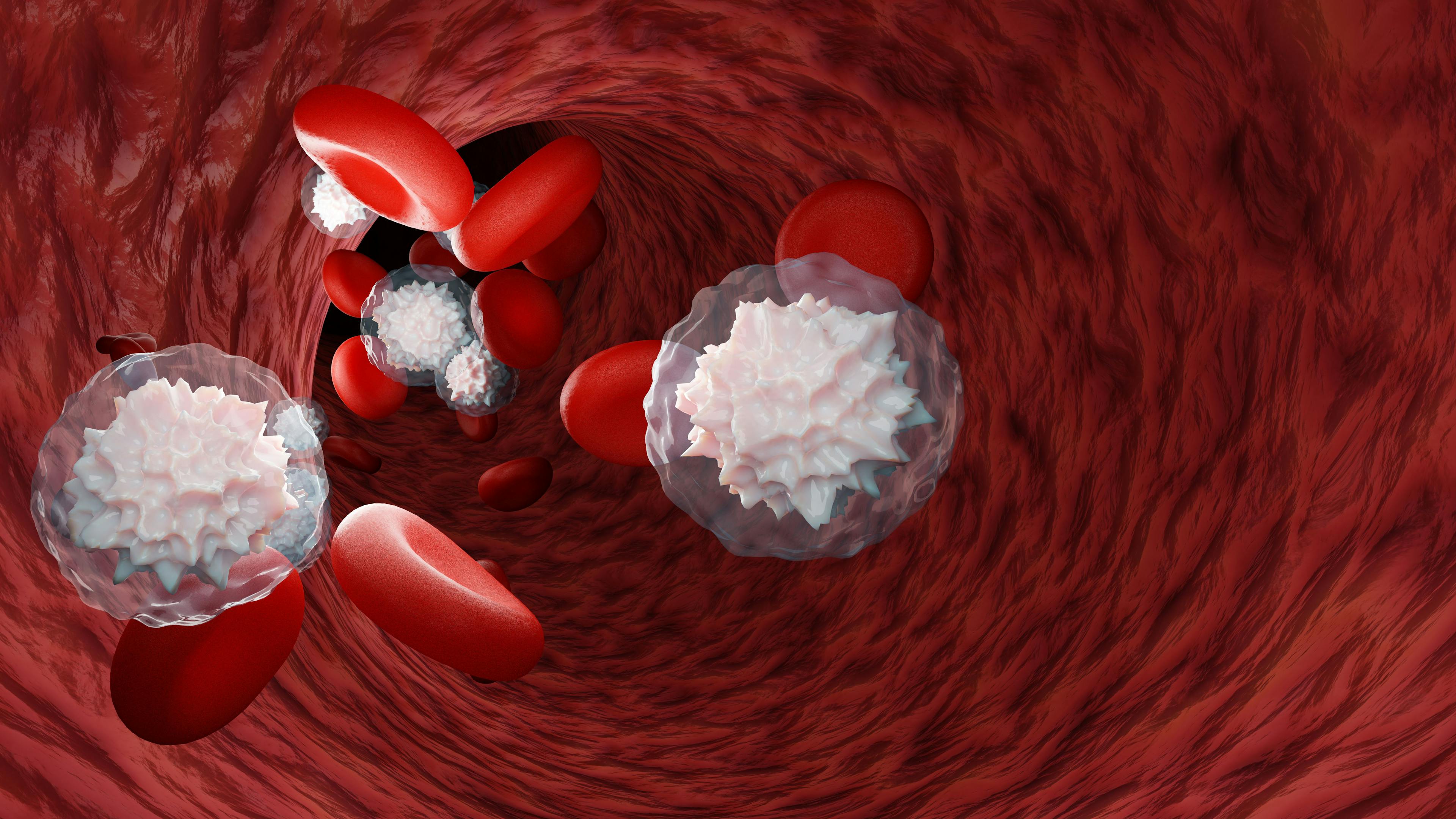- Acne
- Actinic Keratosis
- Aesthetics
- Alopecia
- Atopic Dermatitis
- Buy-and-Bill
- COVID-19
- Case-Based Roundtable
- Chronic Hand Eczema
- Chronic Spontaneous Urticaria
- Drug Watch
- Eczema
- General Dermatology
- Hidradenitis Suppurativa
- Melasma
- NP and PA
- Pediatric Dermatology
- Pigmentary Disorders
- Practice Management
- Precision Medicine and Biologics
- Prurigo Nodularis
- Psoriasis
- Psoriatic Arthritis
- Rare Disease
- Rosacea
- Skin Cancer
- Vitiligo
- Wound Care
Publication
Article
Dermatology Times
Treatment of Plaque Psoriasis in Children
Author(s):
A variety of topicals and biologics are now available to treat children affected by this challenging condition.
Introduction
Plaque psoriasis is a chronic inflammatory disorder that affects the skin, especially of the scalp, lower back, and extensor surfaces (elbows, knees). It presents with red, scaly, and flaky skin.1 Psoriasis affects 2% to 5% of the general population, with one-third of cases starting in childhood.2 Patients often have a family history of psoriasis, though environmental factors, such as stress, infection, medications, and smoking, also play a role.
Treatment of pediatric plaque psoriasis is challenging because of the lack of data and standardized guidelines, which means that children are often treated based on findings pulled from studies in adults. This is often inappropriate because of differences in clinical presentation and disease triggers in children vs adults. Children are usually treated with nontargeted topicals, systemic nonbiologic therapies, or phototherapy, with inadequate treatment response and intolerance. These nontargeted treatments broadly suppress the immune system or control keratinocyte proliferation.2
Fortunately, biologic treatments targeting the cytokines implicated in the pathophysiology of plaque psoriasis have been developed. Further, randomized control trials (RCTs) are being conducted in the pediatric population, increasing our understanding of the use of biologics in children.2
Topical and Nonbiologic Treatments
Topical Therapy
Topical treatments are often used for children with psoriasis, although most are used off label. An important consideration is that children have a higher skin surface area to body weight ratio, leading to higher penetration capacity.3
Topical steroids. Steroids are the most prescribed therapy for pediatric psoriasis, with the goal of reducing inflammation, skin turnover, erythema, scaling, and itching. However, prolonged use of steroids is associated with skin atrophy, hypertrichosis, acneiform dermatitis, tachyphylaxis, telangiectasia, and suppression of the hypothalamic-adrenal axis.3
Vitamin D analogs. Calcipotriene and calcitriol inhibit proliferation of keratinocytes, reducing erythema and scaling. Efficacy of vitamin D analogs can be improved in combination with topical steroids via a synergistic action, which also allows for a lower dose of steroids and therefore fewer adverse effects.3
Tars. One of the oldest treatments used for psoriasis, tars, usually crude coal tar and its modified preparations, are antipruritic and antiproliferative. Their use is limited due to their odor and staining of clothing and skin, but they can be used in combination with other therapies. Possible adverse effects include erythema, folliculitis, and photosensitivity, with a possible link to cancer.3
Anthralin (dithranol). Dithranol is anti-inflammatory and antiproliferative, although it can also stain clothes and irritate the skin. It may be more appropriate as short-contact therapy.3
Calcineurin inhibitors. Topical tacrolimus and pimecrolimus are particularly used on sensitive areas such as the face and genitalia; adverse effects include pruritis and burning.3
Phototherapy
Phototherapy is safe and effective, and often used first line for extensive psoriasis or when topical therapy fails.2,3 It inhibits DNA synthesis, decreasing keratinocyte proliferation and promoting T-cell apoptosis. Narrow-band UVB is most commonly used, with mild adverse effects. Data from several case studies show partial or complete remission after about 30 treatments. Short-term adverse effects are erythema, pruritis, burning, and herpes virus reactivation; long-term adverse effects may be photoaging, photodamage, and increased risk of skin cancer.3
Nonbiologic Systemic Treatments
Methotrexate(MTX). MTX is a folic acid antagonist that inhibits inflammatory cytokines and DNA synthesis, suppressing T-cell activation and proliferation. It is used in the treatment of moderate to severe plaque psoriasis. Adverse effects include nausea, vomiting, fatigue, hepatotoxicity, pulmonary toxicity, hematological abnormalities, renal insufficiency, and drug-drug interactions. It should be used at the lowest dose possible to reduce adverse effects and should be avoided as long-term therapy because of its cumulative toxicity. Blood counts and liver function should be monitored during therapy.3
Cyclosporine (CyA). This immunosuppressant inhibits T cells and IL-2. It has a rapid onset of action, making it useful for severe flares of psoriasis. Like MTX, it also has several severe adverse effects, such as nausea, diarrhea, headache, hypertension, nephrotoxicity, myalgia, hypertriglyceridemia, electrolyte abnormalities (hyperkalemia, hypomagnesemia), and gingival hyperplasia. Once remission is achieved, the dose should be tapered to the minimum effective dose; most of the adverse effects are reversible after discontinuing CyA. Other adverse effects include immunosuppression and increased risk of skin cancer and lymphoma. Blood counts, metabolic panels, and renal and liver function should be monitored.3
Retinoids (acitretin, Acy). Retinoids are vitamin A analogs that alter metabolic pathways in keratinocytes, which promotes cellular differentiation and reduces inflammation. Adverse effects include xerosis, cheilitis, epistaxis, blepharon-conjunctivitis, hair loss, pruritis, myalgias, paronychia, glomerulonephritis, transaminitis, hypertriglyceridemia, and bone changes (focal osteoporosis, premature epiphyseal closure, idiopathic skeletal hyperostosis). They also have teratogenic effects and should be avoided in females of childbearing age. Liver function, lipids, beta-hCG (in females), and bone x-rays should be monitored.3
Fumaric acid esters. These are immunomodulatory molecules used in moderate to severe plaque psoriasis in adults that may be safe and effective in children as well. Adverse effects are flushing, gastrointestinal disorders, transaminitis, proteinuria, increased creatinine levels, and lymphocytopenia.3
Apremilast. A phosphodiesterase type 4 inhibitor, apremilast is also used in adults but may be safe and effective in children as well. It causes gastrointestinal disorders.3
New Treatments
Biologic therapies offer a more targeted approach to treatment of pediatric plaque psoriasis, with increasing numbers of RCTs specifically in children. Contraindications include active tuberculosis or other severe infections, lymphoma and other malignancies, and other specific diseases such as demyelination disease.2
TNF-α Inhibitors
Etanercept. Etanercept has been approved for patients aged 4 to 17 years (United States, Canada) or 6 to 17 years (Europe), with a majority of patients achieving 75% or 90% improvement in the Psoriasis Area and Severity Index (PASI) score by week 12 of treatment and maintaining this improvement though week 264. Recapture rates were also comparable. Common adverse effects were infections (upper respiratory tract infections, nasopharyngitis), headaches, and injection-site reactions.2
Adalimumab. Adalimumab has been approved for patients aged 4 to 17 years. A study comparing MTX with adalimumab found that more patients achieved PASI 75 and PASI 90 scores sooner with adalimumab, although adverse effects are similar. Like etanercept, adalimumab has high recapture rates and long-term efficacy.2
IL-12/-23 Inhibitor
Currently, ustekinumab is the only IL-12/-23 inhibitor, approved for psoriasis in patients aged 12 to 17 years of age. Compared with placebo, more patients on ustekinumab achieved PASI 75 and 90 scores and achieved Physician Global Assessment scores of 0 to 1 by week 12, maintaining treatment response through week 52. The most common adverse effect was nasopharyngitis. Several studies are investigating safety and effectiveness of ustekinumab in younger children.2
Future Therapies
Given the role of IL-17 in the pathogenesis of plaque psoriasis, IL-17 inhibitors secukinumab and ixekizumab were recently approved for use in children 6 years and older with moderate to severe psoriasis. Another IL-17 inhibitor, brodalumab, as well as a selective IL-23 inhibitor, guselkumab, have been approved for treatment in adults and are being studied in children with severe disease.
Conclusions
Plaque psoriasis is a chronic inflammatory condition leading to red and scaly skin on the scalp and extensor surfaces. It affects almost all aspects of patients’ lives, from their health to their social and emotional well-being. Before, children were treated with nontargeted topicals or anti-inflammatory therapies off label, with a lack of standardized guidelines and RCTs studying the safety and efficacy of treatments specifically in children. Fortunately, newer biologic therapies are now available and have been shown to work well in the treatment of pediatric plaque psoriasis, including etanercept, adalimumab, and ustekinumab, with more drugs being developed and studied.
References
- Duarte A, Mebrahtu T, Goncalves PS, et al. Adalimumab, etanercept and ustekinumab for treating plaque psoriasis in children and young people: systematic review and economic evaluation. Health Technol Assess. 2017;21(64):1-244. doi:10.3310/hta21640
- Lansang P, Bergman JN, Fiorillo L, et al. Management of pediatric plaque psoriasis using biologics. J Am Acad Dermatol. 2020;82(1):213-221. doi:10.1016/j.jaad.2019.05.056
- D’Adamio S, Silvaggio D, Massaro A, et al. Pharmacotherapeutic management of psoriasis in adolescents and children. Expert Opin Pharmacother. 2019;20(14):1777-1785. doi:10.1080/14656566.2019.1636032

Newsletter
Like what you’re reading? Subscribe to Dermatology Times for weekly updates on therapies, innovations, and real-world practice tips.























